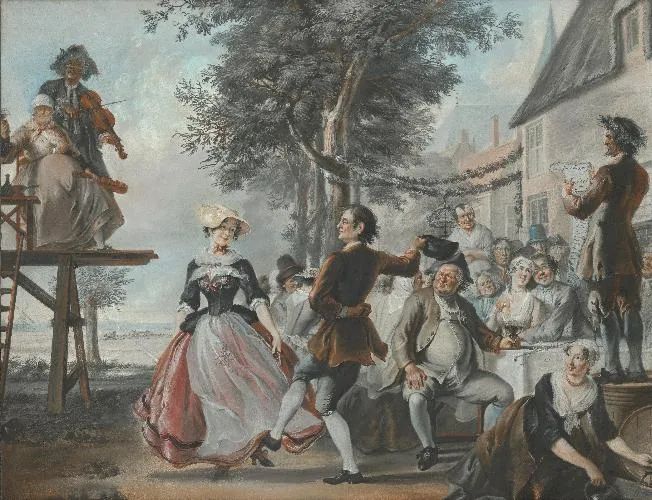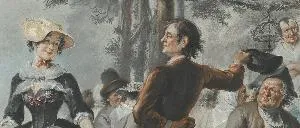Center Crop
If you have ever worked on a Computer Vision project, you might know that using augmentations to diversify the dataset is the best practice. On this page, we will:
- Сover the Center Crop augmentation;
- Check out its parameters;
- See how Center Crop affects an image;
- And check out how to work with Center Crop using Python through the Albumentations library.
Let’s jump in.
Center Crop augmentation explained
To define the term, Center Crop is a data augmentation technique that helps researchers to crop images to a specified height and width with a certain probability.
Center Crop augmentation parameters
- Height - defines the height of the newly cropped image in pixels;
- Width - defines the width of the newly cropped image in pixels;
- Probability - the probability that the transformation will be applied to an image.
Center Crop augmentation visualized

Source

Source
